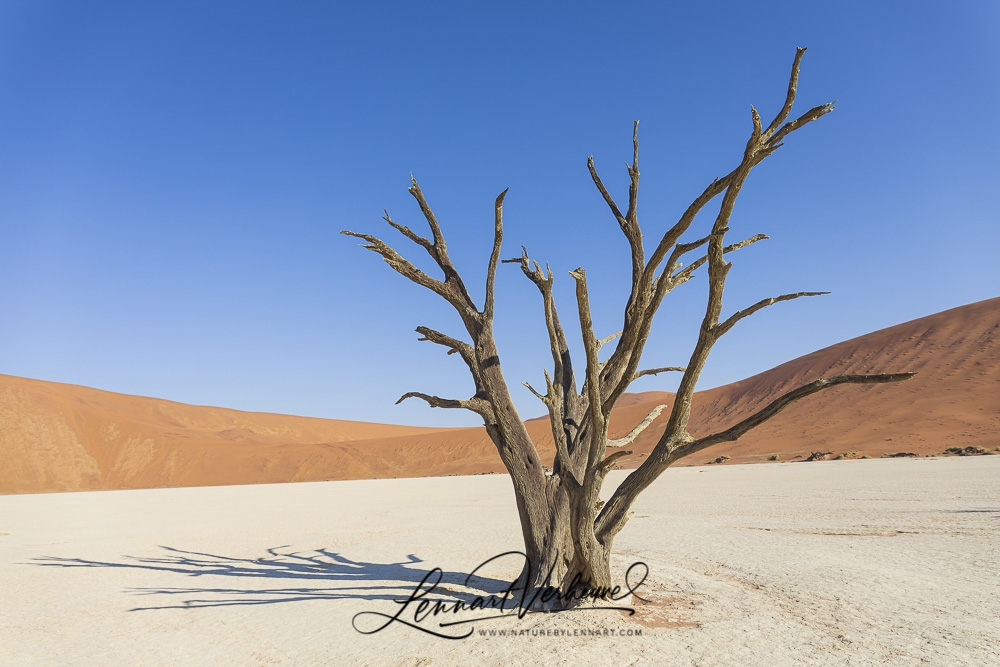- info@naturebylennart.com

Torres del Paine National Park is known for it’s Puma’s. Naturally they are the stars of the Park, but there are more nice animals to see! When we were walking around there we encountered a pair of South-American Grey Foxes. These foxes are pretty common in Patagonia, but they still look very nice! We had them in beautiful light too. I took a lot of pictures….

Patagonia has more to offer than just animals: the landscapes are pretty nice too! I also wanted to show something of that. Especially Torres del Paine offers some great views, both during the day and at night. See the gallery below for a selection of Patagonian landscapes!

The main purpose of my visit to Patagonia was seeing puma’s. That worked out fine, but of course I always do my best to see birds as well. Patagonia has some really cool specialties like Magellanic plover and Magellanic woodpecker. This blog however does not concern these species because I couldn’t find them… Luckily there were other interesting birds, I will show a selection of my photo’s of them below.

After my visit to Botswana, Namibia and South-Africa my worldcatlist had reached the impressive number of four! So there is still enough room for improvement! A cat on which I’ve had my eye on for quite some time is the Sand Cat. This animal is about the size of a house cat with a preference for desert like areas. For some years the most reliable place to see it is the Western Sahara near the town of Dakhla. We went there in January to try and see the cat.

In January I drove around in the Western Sahara for a week to search for a Sand Cat. In my mind the Sahara consisted out of endlessly rolling sandhills, but I turned out to look a bit differently. The landscape is quite monotonous, but has also some big rock formations. With a low sun every landscape looks better anyway. So I also wanted to share a few pictures of the landscape of the Western Sahara.

A little while ago I was in the Western Sahara looking for a new cat species: Sand Cat! Although searching for the cat mostly meants going out at night, naturally we also went out during the day. That gave us the opportunity to see some nice birds as well. There aren’t a lot of birds in the Sahara but the birds that do live here are top notch!

In the Western Sahara we were searching for a Sand Cat. The way to see it is to drive the road between the places Dakhla and Aousserd up and down at night and then spotlight in the desert hoping to encounter a Sand Cat or another nocturnal animal.

Although the average Dutch garden does contain much birds then one might initially think, the African garden is something else. Here no Blackbirds or Finches but very different birds. In some ways the basis stays the same, they also have doves here, but there is al lot of stuff on top of that.

The red desert of Namibia is famous. Here beautifully shaped sand dunes can be seen with a peculiar red colour. The most iconic place is Deadvlei: a plain of white clay surrounded by some of the highest sand dunes in the world, up to 400 meters! The plain has some gnarled acacia trees which give the pictures that iconic look.

Spitzkoppe is a mountain landscape with all kinds of whimsically shaped rock formations. We’ve set up camp here. Right at our arrival we already enjoyed an amazing sunset.
Copyright of articles and pictures on naturebylennart.com remains with Lennart Verheuvel and without permission they can not be used in any way
